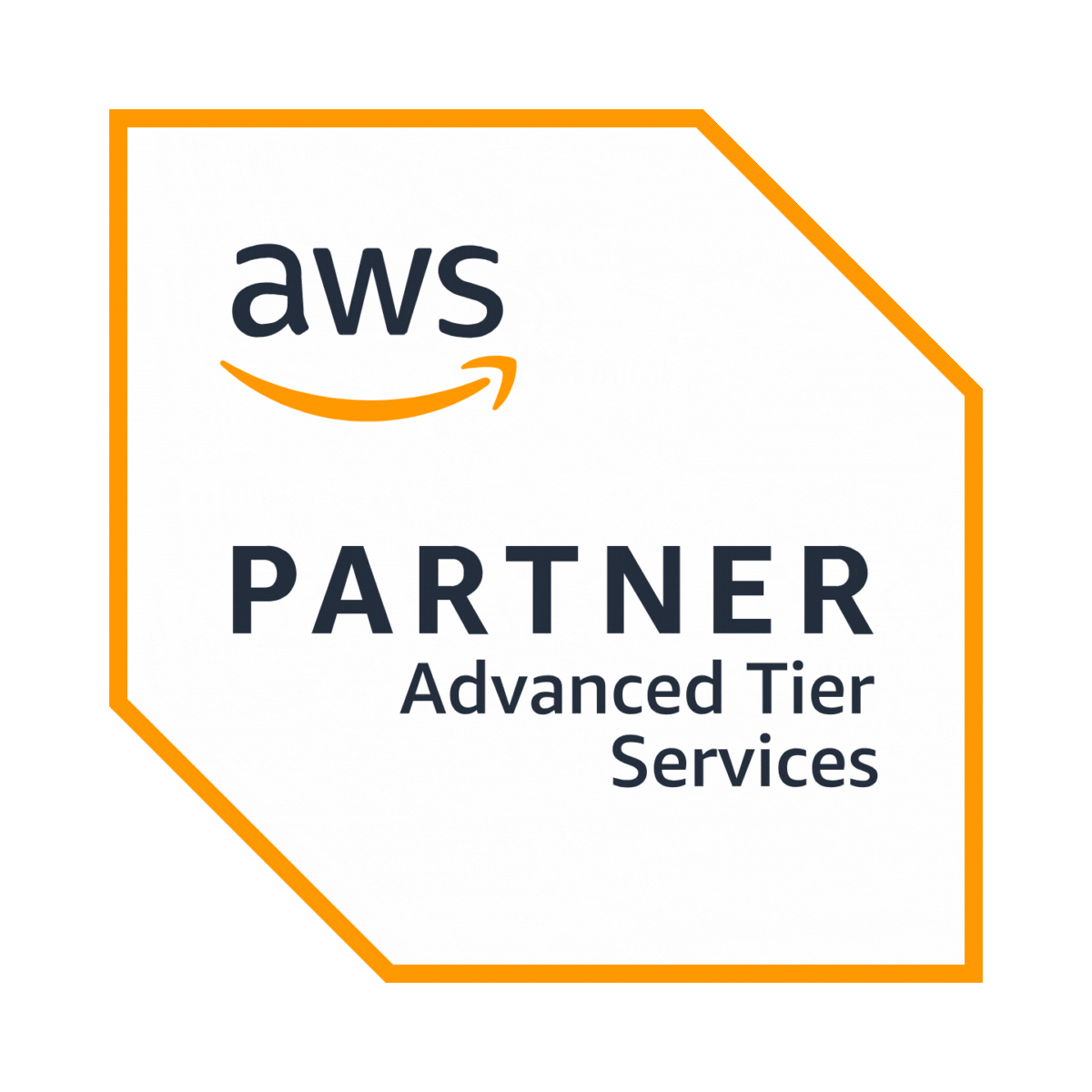The healthcare industry is undergoing a massive digital transformation. With the growing adoption of electronic health records (EHRs), telemedicine, and cloud-based platforms, the volume and complexity of healthcare data are expanding rapidly. Managing this surge of information requires seamless movement of data across systems, making data migration in healthcare a critical task for providers and organizations.
According to a recent report by IDC, healthcare data is expected to grow to 2,314 exabytes by 2025, a staggering 36% annual increase. This explosive growth demands robust data management strategies that can consolidate and unify patient information from disparate sources. Without effective migration, data remains siloed, limiting insights and compromising care quality.
Another important factor is interoperability. The ability for different healthcare systems to exchange and use information is vital for coordinated patient care. Migrating data securely between legacy systems and modern platforms enables providers to access comprehensive health records anytime, anywhere.
Finally, healthcare regulations such as HIPAA and GDPR place strict requirements on data privacy and security. Migration efforts must ensure compliance while maintaining data integrity.
For a deeper dive into how artificial intelligence supports data handling and insights in healthcare, explore artificial intelligence and data.

Common challenges faced during healthcare data migration
Migrating healthcare data is a complex and sensitive process that comes with several unique challenges. Understanding these hurdles is crucial for planning and executing a successful migration that protects patient information and minimizes disruption.
Data security and patient privacy risks
Healthcare data contains highly sensitive personal and medical information. Any breach during migration can lead to severe legal consequences and loss of patient trust. According to the 2024 Verizon Data Breach Investigations Report, 70% of organizations with fragmented healthcare data reported a security breach within 24 months. Ensuring encryption, secure transfer protocols, and strict access controls during data migration is essential to comply with HIPAA and other regulations.
Handling legacy systems and data formats
Many healthcare providers still operate legacy systems that store data in outdated or proprietary formats. Migrating data from these systems to modern platforms often requires complex data mapping, transformation, and cleansing to preserve accuracy and usability. Incompatibility issues can lead to data loss or corruption if not addressed carefully.
Ensuring data accuracy and integrity
Maintaining the integrity of patient records is critical. Even minor errors during migration, such as missing fields or mismatched codes, can have serious clinical implications. Rigorous validation, testing, and quality assurance throughout the migration process help prevent data discrepancies.
Minimizing downtime and operational disruption
Healthcare organizations cannot afford prolonged system outages as they directly impact patient care. Scheduling migration activities with minimal downtime and using phased or parallel migration approaches can reduce risks and maintain continuous access to critical systems.
Compliance with regulatory standards
Healthcare data migration must comply with strict regulations governing data handling, privacy, and retention. This includes HIPAA in the U.S., GDPR in Europe, and other regional laws. Failure to comply can result in heavy penalties and reputational damage.
To tackle these challenges effectively, many organizations engage specialized consultants who offer expertise in healthcare data management. Learn more about strategic approaches to unify complex datasets with data lakes consulting.
By anticipating these challenges and implementing best practices, healthcare providers can ensure their data migration projects are secure, efficient, and compliant, paving the way for improved patient outcomes and operational excellence.
Key benefits of successful data migration in healthcare
Successful data migration in healthcare delivers a wide range of benefits that extend beyond simple data transfer. It plays a pivotal role in transforming how healthcare organizations operate and deliver patient care.
Improved patient care through unified records
Migrating data into a centralized system enables clinicians to access comprehensive patient records quickly and accurately. This unified view reduces medical errors, avoids redundant testing, and supports more informed clinical decisions. A 2023 study by HIMSS found that providers with integrated health records saw a 30% improvement in care coordination and patient outcomes.
Enhanced compliance with healthcare regulations
By moving data into modern, secure environments, organizations can better meet regulatory requirements such as HIPAA and GDPR. Automated audit trails, encryption, and role-based access controls embedded in new systems help maintain compliance and reduce the risk of costly violations.
Enabling advanced analytics and AI-powered healthcare solutions
With data consolidated and cleansed through migration, healthcare providers can leverage AI and machine learning tools to uncover insights that improve diagnosis, personalize treatments, and optimize operations. For instance, AI-powered remote patient monitoring can predict complications early, reducing hospital readmissions and improving patient quality of life. You can read about a real-world success story here: AI-powered remote patient monitoring.
Streamlined workflows and operational efficiency
Centralized data reduces the time clinicians and administrators spend searching for information, enabling them to focus more on patient care and strategic initiatives. The consolidation also supports interoperability, improving communication between departments and external partners.
Scalability and future readiness
Successful migration lays the foundation for scalable healthcare IT infrastructure that can grow with organizational needs. Whether expanding telehealth capabilities or integrating new data sources, a robust data architecture supports ongoing innovation.
These benefits collectively demonstrate why healthcare organizations prioritize comprehensive, well-managed data migration projects as a cornerstone of digital transformation.
Best practices for effective data migration in healthcare
Executing a successful data migration in healthcare projects requires meticulous planning, technical expertise, and a strong focus on data quality and security. Here are some best practices that healthcare organizations should follow:
Plan and scope the migration project carefully
Start with a detailed assessment of existing data sources, formats, and dependencies. Define clear objectives, timelines, and resource allocations. Involve stakeholders from IT, clinical, and compliance teams to ensure all needs are addressed.
Use robust data validation and quality checks
Data accuracy is critical in healthcare. Implement thorough validation processes before, during, and after migration to detect and correct errors or inconsistencies. Automated testing tools can help maintain data integrity and ensure nothing is lost or corrupted.
Employ secure transfer protocols and encryption
Protecting patient information during migration is non-negotiable. Use encrypted channels (such as TLS) for data transfer and apply encryption at rest in target systems. Limit access to authorized personnel and maintain detailed logs for auditing.
Train staff and ensure post-migration support
Successful migration doesn’t end with data transfer. Train users on new systems and workflows to maximize adoption and minimize disruptions. Establish support processes to quickly address any post-migration issues or discrepancies.
Conduct phased or parallel migrations when possible
To reduce downtime and risk, consider migrating data in phases or running legacy and new systems in parallel during transition periods. This approach allows continuous access to critical patient information without service interruptions.
Engage experienced partners when needed
Healthcare data migration can be technically complex and risky. Partnering with specialists in healthcare IT and compliance can provide valuable guidance and tools to ensure a smooth migration journey.
For a detailed guide on maintaining compliance during healthcare data transitions, visit healthcare data compliance.
By following these best practices, healthcare organizations can ensure their migration projects protect patient safety, meet regulatory requirements, and support digital innovation.

Emerging trends supporting healthcare data migration
As healthcare continues its digital evolution, several emerging trends are shaping the way data migration in healthcare is approached, making the process more efficient, secure, and insightful.
Artificial intelligence and machine learning for data mapping and cleansing
AI-powered tools are increasingly used to automate the complex tasks of data mapping, transformation, and cleansing during migration. These technologies can identify anomalies, standardize formats, and reduce human error, accelerating migration timelines. For a closer look at AI’s role in healthcare data, visit AI and healthcare.
Cloud migration enabling scalable health data platforms
Cloud computing is transforming healthcare IT by providing scalable, flexible, and cost-effective infrastructure. Migrating healthcare data to the cloud facilitates real-time data access, enhanced collaboration, and easier integration of new technologies. A recent KPMG survey found that 64% of healthcare organizations plan to increase their cloud investments over the next three years. Learn more at healthcare data cloud migration.
Focus on real-time data access and patient engagement
Patients increasingly expect timely access to their health data and digital tools for managing care. Modern migration strategies support real-time data synchronization across systems, enabling better patient engagement and personalized care pathways.
Increased emphasis on data security and privacy by design
With growing cyber threats, healthcare organizations are embedding security at every stage of migration. Zero trust models, encryption, and continuous monitoring ensure data remains protected even as it moves between systems.
Together, these trends are empowering healthcare organizations to not only migrate data effectively but also leverage it for better clinical and operational outcomes.
Addressing healthcare data security during migration
Security is paramount when undertaking data migration in healthcare due to the highly sensitive nature of patient information. Protecting data throughout the migration lifecycle is essential to comply with regulations and maintain patient trust.
Importance of HIPAA and other compliance frameworks
Healthcare organizations must adhere to frameworks such as HIPAA in the U.S., GDPR in Europe, and other local laws that govern patient data privacy and security. These regulations dictate strict controls on data access, encryption, and audit trails, which must be upheld during migration activities.
Strategies to safeguard data throughout the migration lifecycle
Implementing end-to-end encryption ensures data is protected during transfer and at rest. Role-based access control limits data access to authorized personnel only. Continuous monitoring and logging enable quick detection of unauthorized activities. Backup and disaster recovery plans are vital to prevent data loss in case of migration failures.
Handling breaches and incident response planning
Despite best efforts, breaches can occur. Having a robust incident response plan that includes immediate containment, assessment, notification, and remediation is critical. Training staff on security protocols and breach response helps minimize damage and ensures regulatory compliance.
According to recent healthcare cybersecurity reports, over 40% of breaches stem from vulnerabilities during system upgrades and migrations, emphasizing the need for rigorous security measures.
For more on securing healthcare data, visit data security in healthcare.
By prioritizing security at every stage of migration, healthcare organizations can protect patient data, maintain compliance, and support safe digital transformation.
Conclusion
Data migration in healthcare is more than a technical task, it’s a strategic imperative that drives better patient care, operational efficiency, and innovation. As healthcare data continues to grow exponentially and regulatory requirements tighten, organizations must prioritize secure, compliant, and well-planned migration strategies.
By overcoming challenges like legacy system complexities, data security risks, and ensuring data integrity, healthcare providers can unlock the full potential of their data. Successful migration enables unified patient records, supports advanced analytics and AI, and creates scalable infrastructures ready for future growth.
Healthcare organizations looking to navigate this critical journey can benefit greatly from expert guidance and proven best practices. Explore advanced healthcare data solutions and gain insights into managing data migration securely and effectively.
To learn more about healthcare data migration and digital transformation, visit healthcare data cloud migration.


















